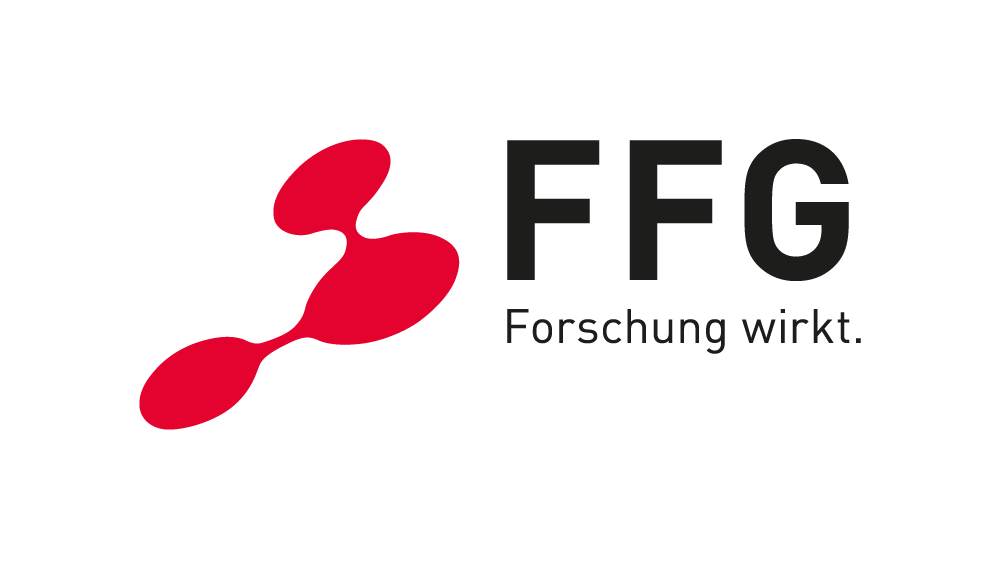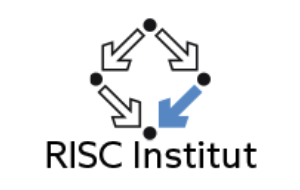InProSSA: Integration of symbolic and subsymbolic AI for industry
The exploratory project InProSSA investigates the question of whether different solution paradigms of symbolic and subsymbolic AI can be integrated into a generic, common modeling language in order to make the different concepts integratively usable. This allows the problem to be formulated independently of the solution approach, and the best solution method is automatically selected from a pool of existing methods.

Challenges in Industrial Decision-Making
Effective and efficient decision-making in industrial environments depends heavily on optimizing complex problems to align them with specific goals and constraints. However, modeling these typically discrete optimization problems poses challenges, such as selecting suitable modeling paradigms (e.g., mixed-integer programming, constraint programming, or heuristics) and solvers (e.g., Gurobi, IBM CP, or Google OR-Tools). Industry faces additional difficulties in adapting models—for example, constraints must be updated when business rules change. New boundary conditions can significantly affect both the solvability and runtime of algorithms, and symbolic solvers often struggle with efficiency and scalability issues in industrial applications. Therefore, a flexible approach that abstracts problem modeling from the solution method is desirable.
Objectives and Approach of the InProSSA Project
The InProSSA project explores the possibility of unifying different solver paradigms under a common language for combinatorial optimization problems in industry. An ambitious goal is to dissolve the boundary between symbolic and subsymbolic methods and combine these two very different approaches into a single framework. Symbolic solvers (e.g., SAT solvers) are evaluated and used, as well as current subsymbolic solver methods in the field of neural Monte Carlo Tree Search (MCTS). The motivation is that there is no one-size-fits-all solution for all problems; instead, each problem requires its own tailored solution concept (No-Free-Lunch Theorem). The feasibility is tested and evaluated in the form of this exploratory project using an industrial use case. The focus is on integrating existing methods. All project results will be made publicly available (articles, software, data). Based on these initial results, research questions will be derived and implemented in industrial research projects with company partners.
Collaboration in the Local Expert Consortium
A local consortium of experts from the research fields of formal languages (Research Institute for Symbolic Computation), symbolic AI (Institute for Symbolic Artificial Intelligence), subsymbolic AI (RISC Software GmbH), and applications (RISC Software GmbH) is working on this topic. By combining these different areas of expertise, a new approach to solving industrial problems is being developed.
This project is funded by the Austrian Research Promotion Agency (FFG).

Project Partners



Project Details
- Project Short Title: InProSSA
- Project Full Title: Industrial problem solving using symbolic and subsymbolic AI
- Funding Call: AI Ecosystems 2024: AI for Tech & AI for Green
- Project Partners:
- RISC Software GmbH (Consortium Lead)
- Research Institute for Symbolic Computation, Johannes Kepler University Linz
- Institute for Symbolic AI, Johannes Kepler University Linz
- Project Duration: 05/2025–10/2026 (18 months)
Contact Person
Project Lead

Dr. Michael Bögl
Mathematical Optimization Specialist

